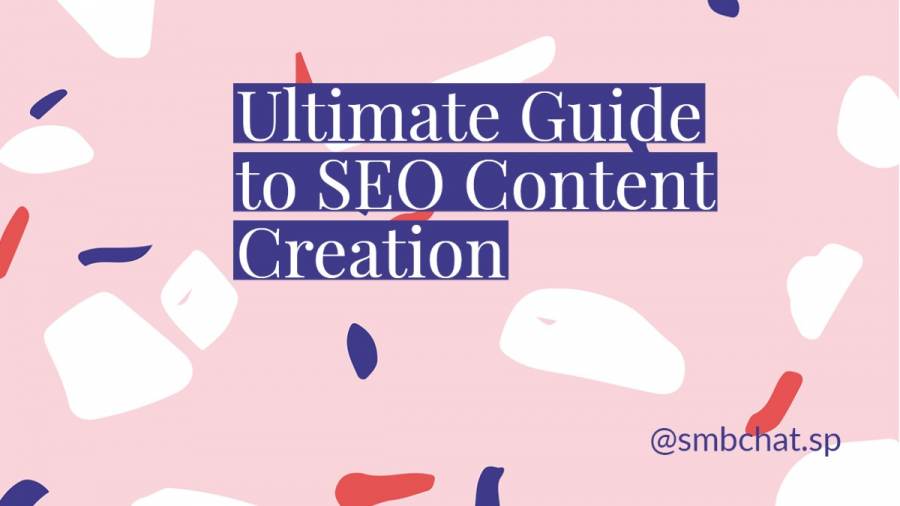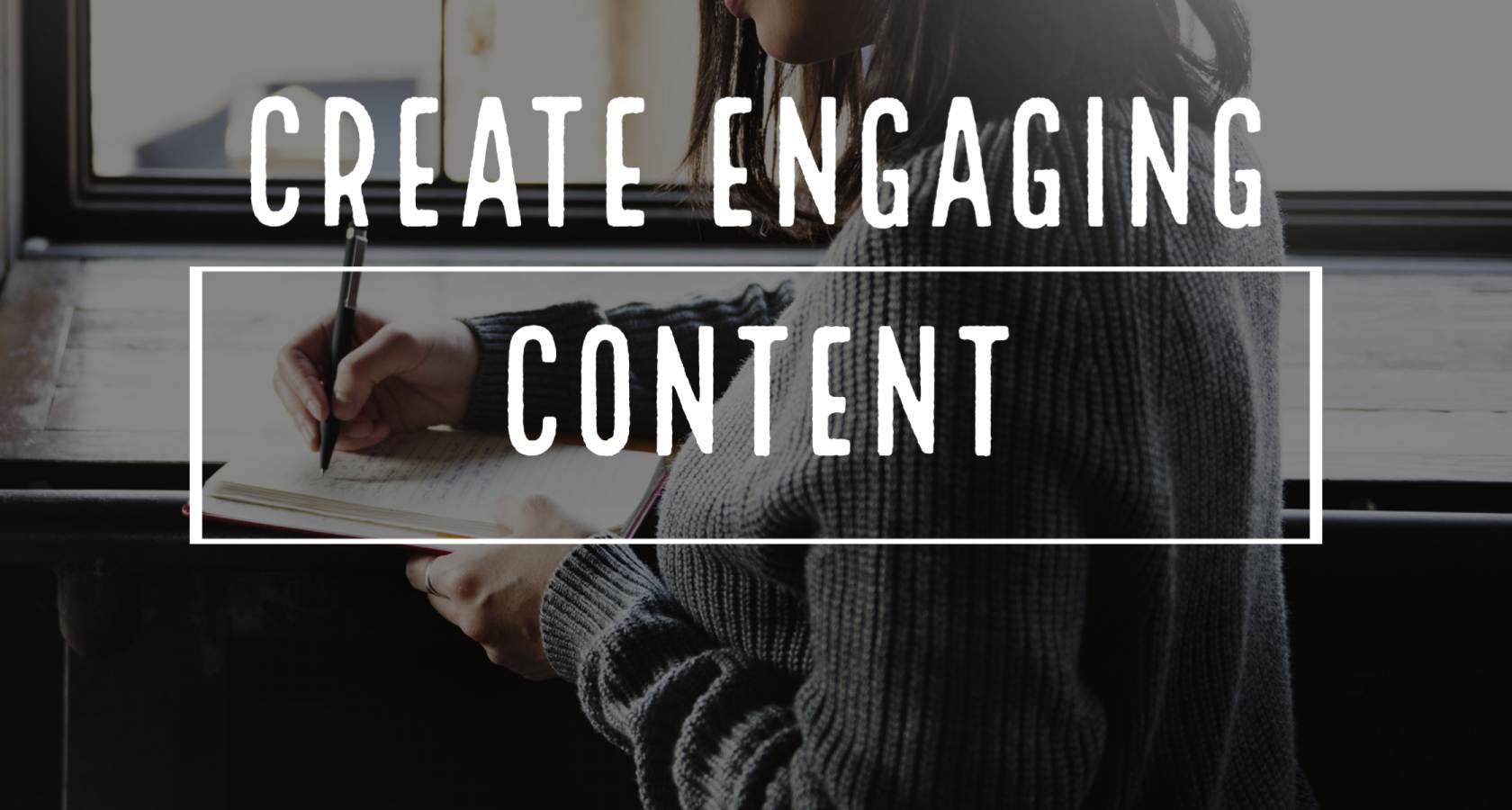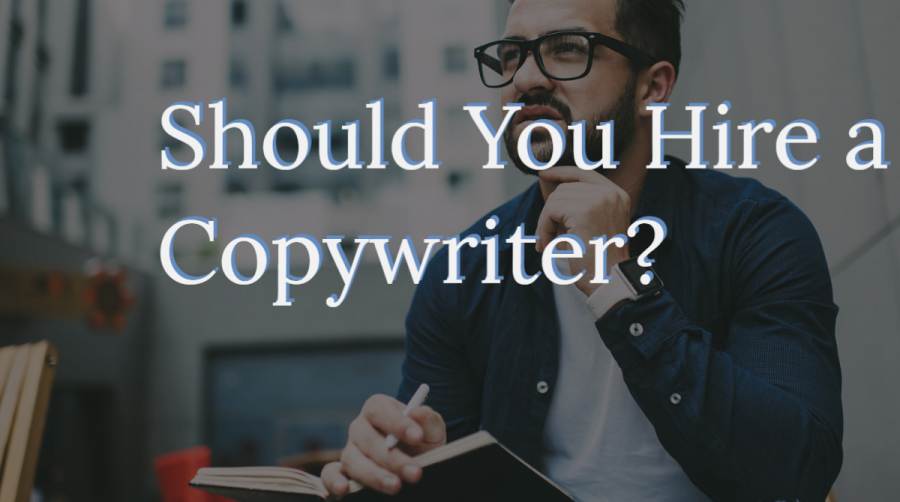Show Me the Money: Everything You Need to Know About Grant Writing
So, you run an up-and-coming organization. You’ve ideated and mapped out your next big project, complete with all the imaginable bells and whistles. On paper, it’s nothing short of surreal, and you can’t wait to see it take flight.
But you’re missing one essential detail. Just one. You can’t make your idea come to life without financial support.
Now, instead of relying on generous donations from well-wishers or tapping into your already-dwindling savings, how about you start looking elsewhere? It’s time to break into the big leagues for worthwhile endeavors: grant writing.
Anyone who’s done grant writing before will tell you that it’s not exactly a straightforward, butter-to-bread kind of task. There’s intense competition, a specific writing style, and what feels like mammoth background knowledge required to maneuver the grant writing process.
Fortunately for you, you’ve bumped into this blog. Call it grant writing 101, call it a leaflet out of a grantor’s book of well-kept secrets, call it the quickest way to get the checks moving and the money flowing—whatever your preference, you’re in for a comprehensive, no-frills guide.
But first…
What, Exactly, is Grant Writing?
A rare yet infinitely important art, grant writing involves knitting together copy with the aim of applying for financial assistance from a trust, agency, foundation, or government department. At its simplest, it’s a request extended to a potential funder.
Also referred to as a grant proposal or grant submission, grant writing is mostly a reserve of non-profit organizations. We’d be lying if we said otherwise.
However, that doesn’t necessarily mean that you can’t get funding if you’re a profit-oriented business. The trick lies in mastering the subtle art of getting funders’ attention. It’s all in the words.
Who is Eligible for Writing Grants?
You can wake up one morning, go on a grant writing spree, and somehow land a lucrative deal without breaking a sweat, right?
Wrong.
Individuals, organizations, and businesses all have different types of grants available to them. While federal and state grants are the more popular type, private grants have gained traction of late. For each type, there’s a unique set of requirements you need to fulfill to get funding.
Just because a particular grant seems like the proverbial low-hanging fruit doesn’t mean you’re eligible for it. Be sure to confirm your eligibility before hitting the ‘applying now’ button.
You’re obviously going to pitch camp in a grant search engine at some point. To increase your chances of nailing a grant, apply appropriate filters. In short, only apply for grants that fit your project like a glove.
Why is Grant Writing Such a Big Deal?
For a startup or a struggling company, learning the intricacies of grant writing can be the difference between getting funding and shutting down operations.
And in a world where 50% of small businesses fail within the first five years of existence, you need all the financial help you can get to avoid the same fate.
For nonprofits, grant writing is pretty much their lifeline. They have to keep sending out proposal after proposal, no matter how many times they get turned down. If they hit the bull’s eye, well and good. If not, the nonprofit could lose out on more than just funding.
They could potentially bid goodbye to some much-needed visibility and credibility. And you know what that means in the long haul—attracting funding and support from other sources will be incredibly hard.
Within the walls of the nonprofit, the repercussions of missing out on funding could be just as devastating. No funding inevitably means programs have to run on a much smaller scale or scope.
Worse still, the nonprofit may need to lay off staff or reduce hours, which could deal a big blow to the organization’s ability to deliver essential services. Eek!
Only the Truth: Debunking Common Myths about Grant Writing
As you foray into the exciting world of grant writing, you’re bound to come across a few rather uncomfortable myths. Time to separate chaff from grain.
1. Only Nonprofits Can Apply
We get why you’d me bamboozled by this myth; there’s indeed a lot of money out there available to nonprofits—over 50 billion dollars, to be precise. Besides, the whole story about nonprofits being more ‘deserving’ of grants doesn’t help matters.
But like we’ve mentioned before, it’s not just nonprofits that can taste the grants cake. It’s big enough for everyone to devour—with the right tools (spell: words), of course.
2. Grant Writing is a Strange, Mysterious Art
While there’s certainly a lot to learn about how to write impeccable, winning grant proposals, it’s also not magic. Once you learn the fundamentals, crafting a winning grant submission is quite logical.
3. Foundations and Corporations are like Santa Claus
Yes, there’s more than enough money in the grants coffers. But it isn’t just sitting there waiting for you to come knocking. You’ll need to put in the work, and the requirements can quickly send your head spinning.
Fortunately, finding grant writers to work with can ease the burden. Check out our guide on Where to Hire Grant Writers: 4 No-Stress Places to Find Grant Writers.
5 Essential Components of a Winning Grant Proposal
A winning grant submission isn’t anything like your high school love letters. It’s not devoid of character or verve. It’s not a jumbled mess or a logical disaster.
Rather, it should be woven together with the mastery of a potter and the dexterity of a marksman. Anything less is a waste of everybody’s time, really.
With that said, here’s exactly what you should include in your next grant proposal:
1) A Curiosity-Inducing Cover Letter
Want to pique your prospective funder’s attention like a hitchhiker wearing red on the highway? A cover letter gives you the opportunity to do just that.
Keep in mind that the funder has most likely gone through hundreds of grant applications before. So if you want to impress them, your letter has to stand out. It should be so good that it causes them to adjust their sitting position and lean forward for a closer look.
By good, we mean:
- Short and straight to the point
- Aligned with the funder’s priorities and requirements (big one!)
- No mention of competitors
- Not too emotional
Of cause, a succinct title page should precede the cover letter. It might sound like a formality, but many are the applicants that forget it altogether.
2) Well-Crafted Problem, Goals, and Objectives
If there’s one place you cannot afford to fumble in the grant writing process, it’s here. Half-baked or poorly-elucidated problem, goals, and objectives give the illusion that you care less about the funding and your project in general.
And that, my friend, is an irreversible and—dare we say—stupid blunder.
Since they form the very foundation of your proposal, make sure these three components focus on and align with the funding organization’s priorities. They should be well-fleshed out, concise, and compelling.
Put differently, your problem statement, goals, and objectives section should demonstrate a strong understanding of the problem your company hopes to solve with the funds. Further, it should outline a clear plan for tackling that problem.
3) A Concise Evaluation Plan
Much as the funder would like to take your word for it, they won’t. So you will need to reassure them that their money won’t go down the drain. Else, you won’t receive a dime.
(Siri, please play The Notorious B.I.G’s No Money, Mo Problems).
The evaluation plan paints out how the project will be tracked and assessed, and how your organization plans on measuring the outcome. It’s a firm, pacifying pat on the funder’s back, emphasizing your organization’s commitment towards remaining honest, accountable, and focused on continual improvement.
4) An All-Encompassing Budget
How else will the funding organization know how you’ll use their money if you don’t provide any budget information?
When it comes to communicating your budget, the choice is yours—go big or go home. Be as detailed as you possibly can. Include a service catalog and the products you offer to demonstrate your expenses and value to the funders. If you’re a nonprofit, outline the exact causes you aim to facilitate with the funds.
Because we’re seasoned mind-readers (joke is on you), we already know what you’re thinking: “Does that mean I can freely overcharge my services?” No, don’t even think about it.
Overcharging or over-quoting your services puts your chances of getting funding in serious jeopardy. Funders consider it profiteering, and you bet they’re smart enough to uncover your antics faster than you can say “yay!”
Conversely, undercharging does no good to your quest. Price your project or offering appropriately so you don’t end up getting a low-value grant that hardly helps your cause.
The bottom line here is that your budget should be, one, realistic, and two, inclusive of all the expenses associated with your project. Don’t leave out even the tiniest costs.
5) Clear Sustained Impact
With everyone talking about sustainability these days, it’s unsurprising that some funders are choosing to look in that direction as well.
Talk about the long-term. Does it your project a long-term impact? Is your project a one-time undertaking or does it need continued funding? Make that crystal clear in your grant proposal. Add blueprints if you must.
Make no mistake, funders are wowed by projects that put sustainability at the core of their existence.
Top Tips for Securing Grant Funding
Many nonprofits and startups all too often believe that grant writing is “just too hard.”
They feel that the range of potential funders is daunting, that good information and guidance are hard to come by (often prohibitively expensive) and odds are stacked against them.
It doesn’t have to be like that…these proven tips can set you up for success:
1. Proof, Proof, Proof.
The drill here is quite simple. If your organization has received funding from a foundation and reported successfully before, the likelihood of continued support is higher. Don’t pass up that chance. All you have to do is provide an impressive, timely report for any previous grants awarded by the funder.
2. Data is King
Surprised?
Hard, irrefutable data is what wins grants.
Not heart-warming words. Not emotions. Not even quotes of your mama crying in her vernacular for lack of money.
Successful grant applications focus on impact. The best grant submissions filter into clear, plain language coupled by real data and statistics (if any).
3. Ditch Generic
You’ve already written a kickass grant application and sent it out to one prospective funder? Great.
Just don’t send that same application to another funder.
Copy-pasting an application makes it appear to a reviewer that it’s an afterthought, and that’s not a good thing. Tailor your application to whatever organization you’re writing to, and you won’t ever have to deal with the nemesis that is lack of uniqueness.
Of course, none of this is possible without due diligence on your part. So carefully examine the organization’s website and the call for proposals. The goal is to pinpoint connections that may help you in crafting a unique yet riveting proposal.
That said, don’t sell your organization’s “soul” in exchange for funding. By that we simply mean, never compromise your mission or beliefs for money. It really isn’t worth it.
4. Create Conflict
Before you start hurling stones our way, it’s not your typical way of creating conflict. This one is simply juxtaposing what is with what it could be.
Switching between these two realms is the key to maintaining your argument in grant writing. That is, they alternately build tension and provide release by going back and forth between the status quo and a better way.
For instance, what work is being put in right now, and how might the field be changed or shifted if your idea came to life?
Portray your idea with confidence. Let the funders know what the world will look like if your project comes to life.
Grant Writing Pros, Without the Grunts
Finding the ideal professional for your grant writing initiatives—someone who can gracefully navigate industry jargon, craft compelling stories that resonate with prospective funders, stay true to your mission statement, and so on—is a delightful proposition, rife with opportunity. But it only exists in theory.
In practice, the challenges of choosing and working with a grant writer abound. Maybe their writing skills aren’t up to snuff, resulting in multiple unplanned meetings, sloppy work, a lot of grunting, or more painfully, a lost opportunity.
Then there’s an issue of experience, or format expertise.
The Zoey writing and content marketing team resolves these issues once and for all. When you hire us for your grant writing needs, you can trust that the writer handling your deliverable is vetted and will be held accountable for every word, phrase, and deadline. Our quality-control process is second to none.
Ready for a partner who can work with you seamlessly through high and lows? The Zoey team is stand by to tackle your next grant writing project. Act now.
Also read: Nonprofit Content Creation and Marketing: How a Content Marketing Team Helps You Win More Support.
Photo by Alexander Mils on Unsplash. Thank you Alexander!

















